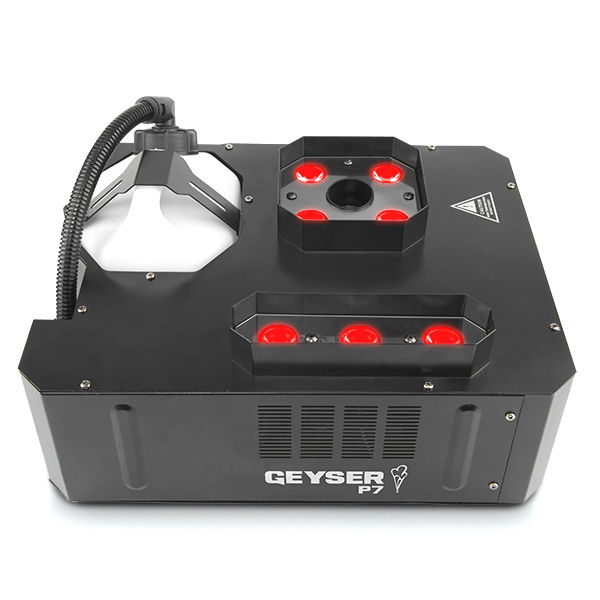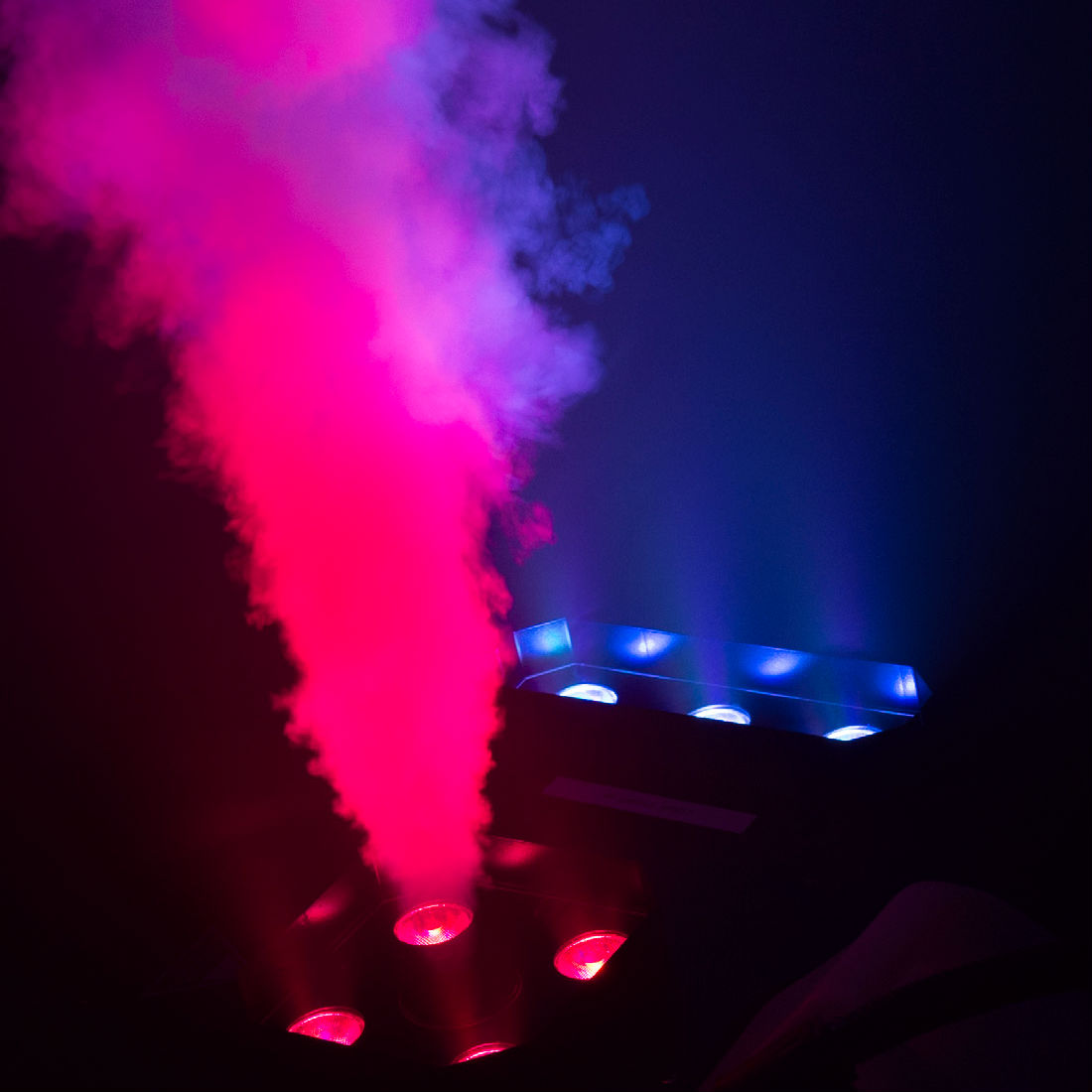Pyro / Flash Pot Safety Tips
This week, I'd like to discuss some general safety ideas. These are issues I've been thinking about a lot lately as high school and college drama departments prepare for their spring productions. I would like to preface my thoughts by saying that I have not tried to provide a complete safety guide here. Rather, I'd like to offer a few ideas for directors who may be considering a pyro effect, but who have no idea where to begin as far as safety.
In my opinion, consistency is essential to using pyrotechnics safely. This means being consistent in the type and amount of powder used, the placement of the pots on stage and the timing of the effects cues. One effective way to achieve consistency is to have a "pyrotechnics crew" of one or two people who are solely responsible for all of the pyrotechnic effects. No one other than the pyro crew should ever load, place, fire or touch the flash pots, flash powders, igniters, and/or firing panel. If the show calls for a larger crew, then each crew member should be responsible for the same effects every night. This helps to reduce the chances of a device being overloaded, underloaded, or placed incorrectly.
Another key to consistency is rehearsal. While it may seem to some that I'm stating the obvious here, the fact is that we often get inquiries that begin "my show opens next week and I want some pyro..." If you want to use a pyrotechnic effect safely in your show, you need to start thinking about it early on in the rehearsal process. Your choice of special effects will impact the overall production, from how scenes are blocked to what materials are used in building the sets and costumes. Once you start technical/dress rehearsals you should forget about adding any new effects.
You may want to schedule a special rehearsal just for pyrotechnics. Depending on the number and complexity of effects in your show, this rehearsal could range from a one-hour run through to a full day's work. The pyro rehearsal should include a dry-run of each effect, with the director or pyro crew explaining in detail to the performers when the effect will be triggered and what to expect in terms of noise, light and smoke. Following the dry run, the pyro crew may want to demonstrate each effect for the performers. This allows them to prepare for working in proximity to the effects. Finally, the entire scene can be worked, adding the effect at its proper moment. During this rehearsal, if not before, the stage manager and pyro crew should work together to determine when the flash pots will be loaded and by whom, who will place the flash pots on stage and when, and who will fire the effects and how those cues will be called by the stage manager.
Cast and crew for pyro rehearsals should include all performers on stage during the effect, the director and stage manager, (possibly) the choreographer and, of course, the pyro crew. It may seem like I'm being overly obvious again but be aware that you may run into very knowledgeable, professional "pyrotechnicians" who are willing to set up and fire your effects but who cannot be bothered to attend rehearsals. Allow me to be blunt if a member of your pyrotechnics crew skips rehearsals without a valid reason, you neither need nor want that person working on your show.
As I said at the beginning, this article is not intended to be a definitive treatise on pyrotechnic safety. However, the concepts I've discussed will provide a starting place for directors thinking about adding pyrotechnics to their next performance. For those who are interested, there are books available that provide detailed instruction for setting up and firing various pyro effects (see the Books & Videos section of our web site Cybershop for more details). These books can be an invaluable resource, but there is no substitute for common sense, planning and practice.









